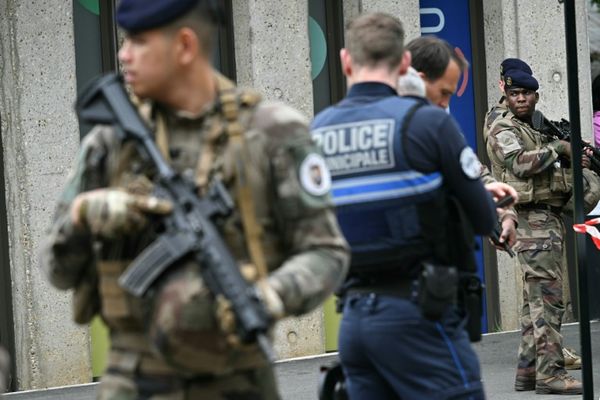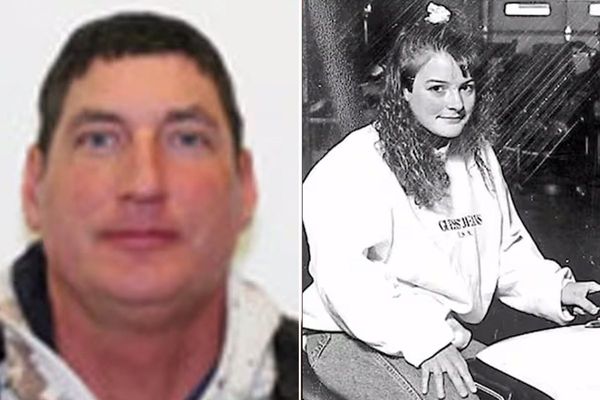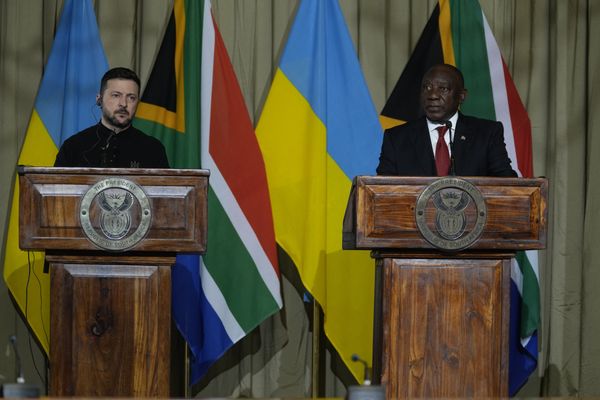
The New South Wales police have been accused of misunderstanding their own strip-search powers after data showed officers continued to use the controversial practice on thousands of people, including children as young as 13, during the height of Covid.
Data reveals police in NSW carried out more than 4,400 strip-searches between July 2020 and May 2022, which includes a Delta-wave lockdown that lasted more than 100 days.
Released to the Redfern Legal Centre under freedom of information laws, the figures show more than 100 children were among those searched, including a 13-year-old.
It comes despite promises by police to overhaul policies around the use of strip-search powers after the release of a damning report by the law enforcement watchdog in 2021.
The report – which recommended parliament consider changes to legislation to clarify police powers after finding many common practices including forcing people to squat or move their genitals are not legal – has never received a formal response by the state government.
But experts are concerned the data – and a response given to the Guardian by the NSW police for this story – suggest the controversial power is being misused.
In NSW, police are only permitted to conduct field strip-searches if the urgency and seriousness of the situation requires it.
In the case of minors, a parent or guardian must be present, unless the search must be done immediately for the safety of the person or to prevent evidence being destroyed.
But in response to questions from the Guardian, NSW Police said that strip-searches were one of the “various proactive strategies” used in its “ongoing commitment to reducing crime and the fear of crime in the community”.
A spokesperson claimed powers “such as searches and move-on directions have been proven to significantly drive down crime”, including knife possession and armed robbery, despite data consistently showing the vast majority of strip-searches are done on the basis of suspected drug possession.
The data obtained by the RLC also showed nothing illegal was found in about 60% of searches conducted during the period.
While the spokesperson said an officer “must have the state of mind required” under the legislation governing search powers, Dr Vicki Sentas, a lecturer at the University of NSW, said the response showed officers “misunderstand the legal purpose of strip-searches”.
“Strip searches should never be used as proactive crime prevention to deter future offending,” said Sentas, who in 2019 co-authored a report which found that the use of drug dogs was helping to fuel massive increases in strip-searches.
“Strip searches are meant to be a last resort only to be used in serious and urgent circumstances, like an emergency. It’s not surprising looking at the volume of strip-searches during the pandemic that NSW police see strip-searches as a proactive policing tool.”
The use of strip-search powers in NSW has been intensely scrutinised by legal groups, oversight bodies and academics in recent years. The new figures come as a class-action lawsuit against the state was launched last month alleging the unlawful use of strip-searches at music festivals.
Sam Lee, the RLC’s police powers solicitor, said while the overall number of searches was lower than previous years, it was still higher than expected given the data was collected during a period which covered Covid lockdowns and when music festivals were largely in hiatus.
“I was astounded by the high number of searches with very few people on the street,” Lee said.
“It’s a clear indication the policy changes are not putting any brakes on this practice.”
The data also showed Indigenous Australians, particularly children, continue to be disproportionately targeted by police.
Overall, Indigenous Australians made up 10% of those subject to the searches, despite comprising only 3.4% of the state’s population.
Indigenous people made up 18% of all children searched, but in some areas they were dramatically overrepresented. In Dubbo, in the state’s central-west, more than 50% of people strip-searched were Indigenous.







